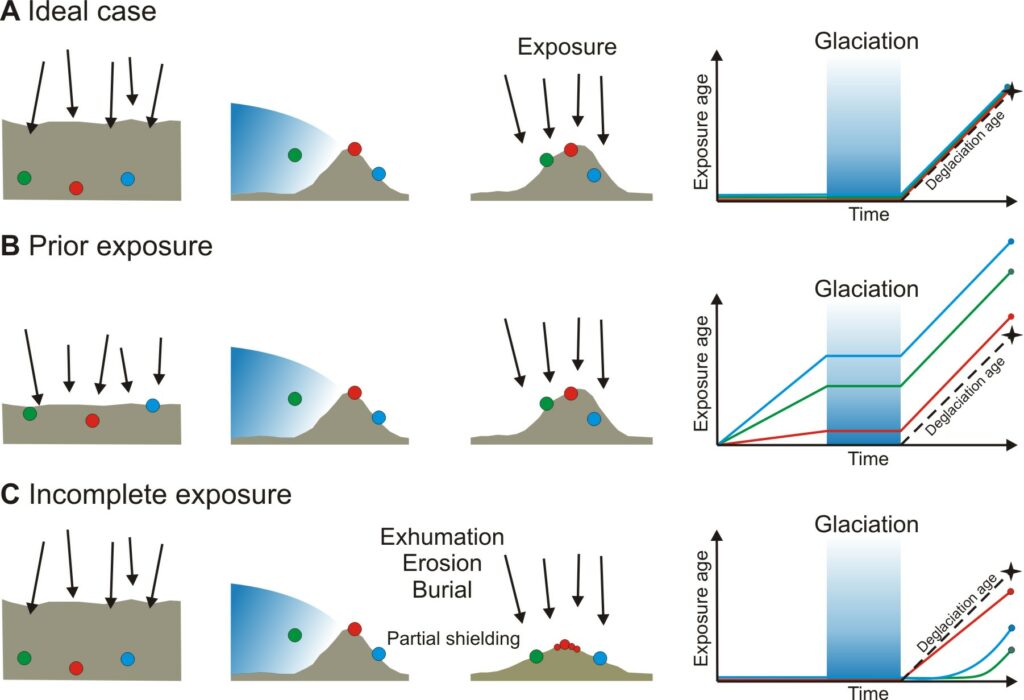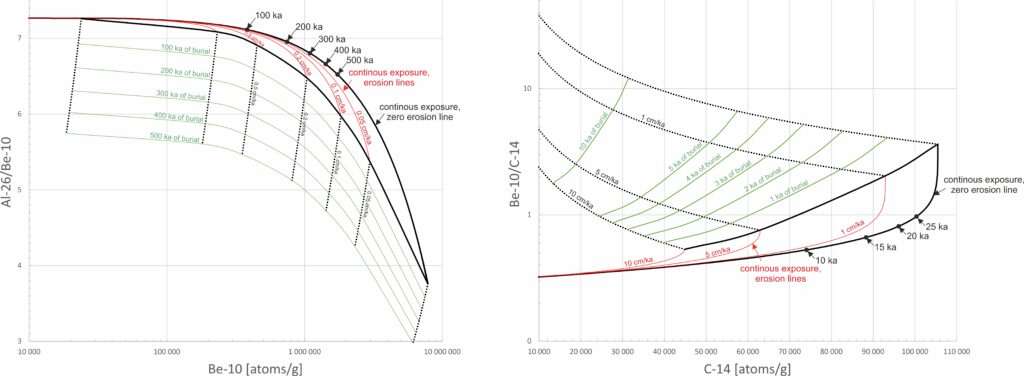About
The goal of the “DatErr 2.0” project is to constrain the exposure/burial history of erratic boulders deposited within the southern fringe of the Scandinavian Ice Sheet (SIS) and to reconstruct chronology and dynamics of the SIS`s southern margin. Based on this knowledge we will be able to date the retreat of the SIS`s southern margin during the Saalian glaciation and after the Local Last Glacial Maximum (LLGM). Our project will focus on surface exposure dating of erratics deposited within the marginal zone of the extensive continental paleo-ice sheet with multiple cosmogenic nuclides produced in-situ in quartz: 26Al, 10Be, and 14C. We hope that this approach enables to achieve the main goal of the research based on reliable and complex cosmogenic nuclides inventory in erratics. The research objects will be large erratic boulders resting in-situ on glacial landforms (preferably stable positions on exposed surfaces such as: moraine crests or moraine/outwash plains) of the SIS`s southern fringe in Poland and Germany.

Possible scenarios of exposure/burial history of erratics located at the marginal belts of the ice sheets
(Heyman et al., 2011).
The research are organised in three work packages WP1, WP2 and WP3:
- WP1 – Analysis of erratics located in front of the last SIS maximum limit with paired cosmogenic 26Al/10Be
- WP2 – Analysis of erratics located in the vicinity of the last SIS maximum limit with paired cosmogenic 10Be/14C
Diagrams of paired cosmogenic 26Al/10Be (so called „banana plot”, left) and 10Be/14C (so called „inverted banana plot”, right).
- WP3 – Integration of geochronological dataset with relative chronologies of ice margin positions inferred from geomorphology

